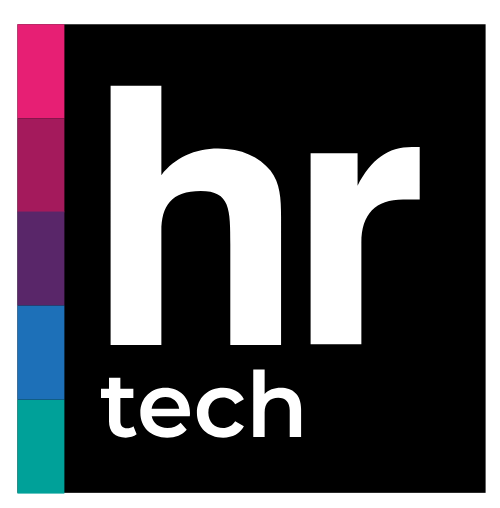News
Less latency, more intelligence: the rise of AI in edge computing
)
Artificial intelligence is advancing at full speed, but there is still a major obstacle: latency. Processing data in a data center hundreds of kilometers away is not the same as processing it on the device where it is generated. This is where edge computing comes in, a model that is transforming the way we interact with AI, bringing computing power to the edge of the network.
By 2025, more than half of all new AI models are expected to run on the edge, reducing reliance on the cloud. And this is no coincidence: there are more and more sectors where every millisecond counts. In an autonomous car, in an operating room or in an automated factory, waiting for a response from a remote server is not an option.
AI at the edge: speed, autonomy and privacyUntil now, AI models have relied heavily on the cloud: data is sent to a server, processed and a response is returned. It works well for many applications, but in environments where immediacy is key, this scheme is starting to fall short.
Edge computing changes the rules of the game by processing data on the device itself, avoiding delays and reducing the load on networks. This enables:
- Real-time answers, essential for financial fraud detection, predictive maintenance in industry or video analytics in retail.
- Less bandwidth consumption, because it is not necessary to send large volumes of data to the cloud.
- Increased privacy and security, as sensitive data does not have to leave the device.
Examples of this evolution are already underway. There are automotive brands that already process data from their sensors in the car itself to make driving decisions without relying on the Internet. In healthcare, devices such as Apple or Fitbit wearables can analyze cardiac anomalies in real time without needing a connection to the cloud.
The challenge: hardware and model managementDeploying AI at the edge is not as simple as deploying it in the cloud. Hardware remains a barrier, because not all devices are powerful enough to run machine learning models without affecting their performance. That is why giants such as NVIDIA, Qualcomm and Google have developed specific chips for AI on the edge, balancing power and energy efficiency.
Another challenge is the updating of models. Tuning an algorithm on a centralized server is not the same as tuning it on thousands of distributed devices. To make this feasible, companies are adopting advanced MLOps strategies, ensuring that the deployed intelligence continues to evolve without constant manual intervention.
Another challenge is the lack of common standards. Although there are initiatives such as TinyML that seek to facilitate the use of AI on underpowered devices, there is still no single solution that makes deployment in any edge environment simple. This can complicate integration and increase development costs.
Hybrid AI: the middle ground between cloud and edgeIt's not about choosing between cloud and edge, but about finding the right balance. The cloud is still essential for training complex models and storing large volumes of data, but the edge allows you to run those models quickly and securely at the point where you really need them.
This hybrid approach will be one of the major topics of discussion at Big Data & AI World 2025, where experts in data engineering, generative AI and distributed architectures will analyze how to scale these solutions without compromising efficiency or security.
The companies that know how to integrate AI into local devices without losing scalability and control will be the ones that really make the difference in this new era of real-time intelligence.

 Cloud & AI Infrastructure
Cloud & AI Infrastructure Cyber Security World
Cyber Security World Big Data & AI World
Big Data & AI World  Data Centre World
Data Centre World  Technology for Marketing
Technology for Marketing E-Show
E-Show HR Technologies
HR Technologies Learning Technologies
Learning Technologies)
)
)
)
)
)
)
)
)
)
)
)
)
)
)
)
)
)
)
)
)
)
)
)
)
)
)
)
)
)
)
)
)
)
)
)
)
)
)
)
)
)
)
)
)
)
)
)
)
)
)
)
)
)
)
)
)
)
)
)
)
)
)
)
)
)
)
)
)
)
)
)
)
)
)
)
)
)
)
)
)
)
)
)
)
)
)
)
)
)
)
)
)
)
)
)
)
)
)
)
)
)
)
)
)
)
)
)
)
)
)
)
)
)
)
)
)
)
)
)
)
)
)
)
)
)
)
)
)
)
)
)
)
)
)
)
)
)
)
)
)
)
)
)
)
)
)